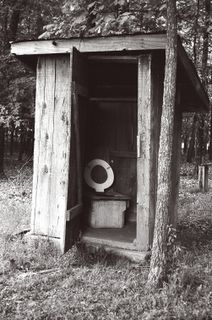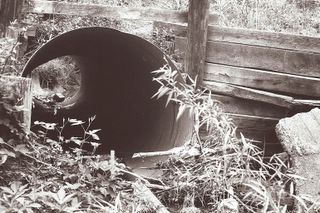prauls.jpg)
The Atlanta Pop Festival in 1969 was a three day event that drew over 400,000 people. Only the most respected bands were invited to perform. During the middle of Booker T. and The MG's hit song "Time Is Tight", drummer Al Jackson peeks from behind bassist Duck Dunn to spot me. With a big grin he summoned "How'd the heck you get up here Man?"
It has been mentioned that Al Jackson might have been the worlds greatest drummer. Sadly it seems his early passing only goes to cloud the issue. But industry leaders and fellow musicians preserve his legacy with the highest regard. Although it was never really confirmed, Jackson also was probably the untitled leader of Booker T. and The MG's. The way that I figured it, any person who could tell Otis Redding or Steve Cropper what to do - got my vote.
When things started to get shaky at Stax due to the undercurrents of new leadership, Booker T. up-and-moved to California and Al Jackson began writing and doing sessions for Willie Mitchell at Royal Studios. Those circumstances didn't sit well with management. By this time the broth had been spoiled.
Truthfully speaking, I didn't know Al Jackson that well. Ofcourse we always greeted each other by shaking hands at company functions and occasionally chatted at the water cooler. More so, I think that he recognized that I purposely stayed on the outer fringes by seeking refuge within the media. The safest place for a foot soldier was staying buried in the trenches. But the thing that I liked about Al was whenever he entered into a room, he would always establish direct eye-contact with me. Without saying anything, he would simply wink-his-eye at me as if to say that I was on his radar screen. That impressed me and earned my deep respect. God rest his soul.
prauls.jpg)
On stage it was over 100 degrees during the afternoon concert. In an effort to shield from the intense Georgia sunlight, here Jackson performs an entire song with a towel draped over his head.
 Towards the end of the 60's decade, pop culture was spreading it's lifestyle across the country like a prairie fire. With music as its messenger, the record business began to sizzle with an unprecedented stage of retail activity. Record companies scrambled to sign the hot acts and sometimes entered into bidding wars over popular bands. Once a record was released to the public the promotion man delivered the product to radio, newspaper and media outlets and adopted the role of a quarterback pushing the campaign. Sometimes flying by the seat of my pants, I often ventured into uncharted waters by promoting my favorites. Tallied with successful results, record labels began to vow for my attention. It was about that time I began to view the world from the perspective of Atlantic Records.
Towards the end of the 60's decade, pop culture was spreading it's lifestyle across the country like a prairie fire. With music as its messenger, the record business began to sizzle with an unprecedented stage of retail activity. Record companies scrambled to sign the hot acts and sometimes entered into bidding wars over popular bands. Once a record was released to the public the promotion man delivered the product to radio, newspaper and media outlets and adopted the role of a quarterback pushing the campaign. Sometimes flying by the seat of my pants, I often ventured into uncharted waters by promoting my favorites. Tallied with successful results, record labels began to vow for my attention. It was about that time I began to view the world from the perspective of Atlantic Records. Atlantic Records had made significant inroads into the rock music arena with successful albums from The Iron Butterfly, Vanilla Fudge, The Buffalo Springfield and The Young Rascals. Previously recognized as a traditional Rhythm & Blues and Jazz record label and directly associated with the success of Stax, Atlantics considerable gains in rock music were acknowledged by industry and media observers. Chief Executive, Ahmet Ertegun presided as company President and was second fiddle to no one. He was a bit of a legend within Soul and Jazz circles and known for his bona fide zeal of the marketing of non-traditional music. Ertegun and his record company had set it goals high by staying on top of the changing music trends when he strongly sensed a developing movement of white musicians appreciation of blues music particularly the bands coming from the British Isles. Next: Guitar Legends
Atlantic Records had made significant inroads into the rock music arena with successful albums from The Iron Butterfly, Vanilla Fudge, The Buffalo Springfield and The Young Rascals. Previously recognized as a traditional Rhythm & Blues and Jazz record label and directly associated with the success of Stax, Atlantics considerable gains in rock music were acknowledged by industry and media observers. Chief Executive, Ahmet Ertegun presided as company President and was second fiddle to no one. He was a bit of a legend within Soul and Jazz circles and known for his bona fide zeal of the marketing of non-traditional music. Ertegun and his record company had set it goals high by staying on top of the changing music trends when he strongly sensed a developing movement of white musicians appreciation of blues music particularly the bands coming from the British Isles. Next: Guitar Legends




prauls.jpg)
prauls.jpg)





prauls%20001.jpg)